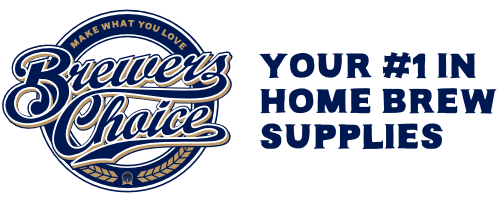
AMBER ALES 101
Amber Ales are a style that people often find hard to define. Is anything with an Amber colour an ‘amber ale’? Are they just a variety of Pale Ale? Are they a real style at all?
The answer is Yes, Amber Ales have developed as a style in their own right and are different to Pale Ales and Brown Ales in a few important ways.
Let’s start with the malt content. Amber Ales are usually more full bodied than Pale Ales and include malts like crystal or chocolate malt which help give an amber colour. Amber Ales also usually retain a mild to moderate amount of sweetness which is often described as giving a ‘caramel’ or ‘toffee’ flavour. These flavours are similar in a Brown ale, however brown ales have even more sweetness than an amber ale and can also have hints of roasted malt or barley that are not usually present in Amber Ales.

Now let’s look at the hops. Amber Ales tend to strike a balance between the hops and malts. This differs from Pale Ales, where the hops are the star, and brown ales, where the malts are the stars. Amber Ales usually have a moderate level of bitterness that should be well balanced with the malt content. Either English style hops (E.g. East Kent Goldings, Fuggles) or American style hops (E.g. Cascade, Centennial) can be used.
Now finally, the yeast. Amber Ales can use most standard english and american style yeasts depending on your flavour preference. For a cleaner, more neutral flavour, us a Yeast like US-05. For a more complex, english style ale you might choose to use a yeast that produces more esters (Safale 04 is a common example). Just remember that the goal with Amber Ale’s is to make a beer that’s well balanced in all areas – so no 8.5% ABV monsters!
